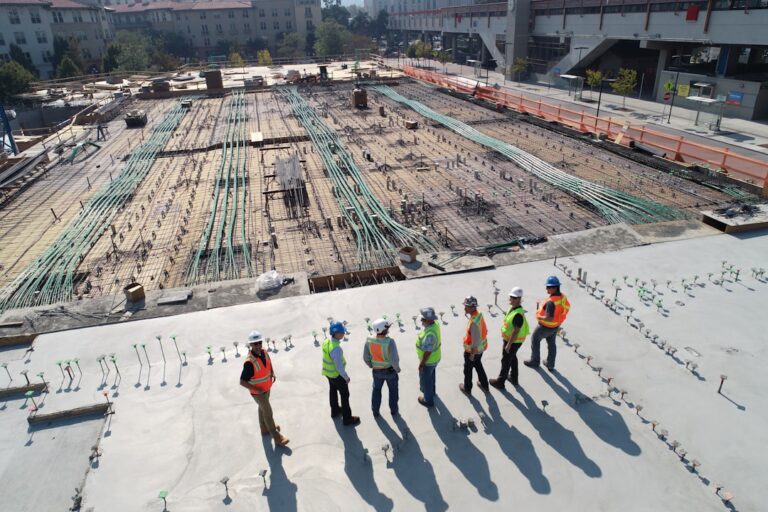Grid connection refers to the process of connecting a supplier or consumer to electricity to an electrical grid that services a town, city, or geographical area. A grid connection means that a business or premises are powered by electricity that is drawn from a live connection to an electricity supplier’s transformer – that is direct to the electrical grid. It also means that they can return electrical power to the grid rather than only drawing from it
Grid connection services providers offer technologies and services that provide access to the electrical grid in response to the increasing number of renewable energy sources that are coming online. Whereas in the past an electrical grid may have been mainly composed of large, central producers of electricity, such as power stations, there is a growing demand for multiple, distributed forms of electricity generation such as wind farms, solar farms, and so on. Achieving grid connectivity can be a complex process that involves multiple technical, construction, and regulatory hurdles and for this reason, various providers and consultants now provide grid connection services to meet these challenges.
Smaller grid connection projects can be subject to feasibility issues and questions about whether a renewable energy project can be accommodated by existing electrical grid infrastructure. An independent assessment of grid connection feasibility is required as well as considering project engineering requirements, proposed levels of electricity generation and the timescale for project completion. Many providers offer a plan for the electronic model for generation based on the engineering requirements. This involves investigating whether it is possible to connect to an existing network, potential network impacts, and other technical issues.
In considering feasibility, grid connection services consider the following:
• Thermal Capacity – how much new generation the existing network can accommodate.
• Voltage Levels – the fall and drop in voltage rates that occur as a result of the new generation and whether the network can bear these voltage profiles.
• Fault Levels – the impact of the new generation system on the fault levels that can be accommodated by the grid.
• Voltage Fluctuations – the changes in voltage levels that occur when switching between the grid and the new generation.
A grid connection services provider will undertake a network analysis to assess how each of these could potentially impact (or obstruct) the connection process. This includes providing an estimate of the costs involved in resolving them as well as the costs of electrical system upgrades required that can include switching gear, transformers, and cabling. The technical report provided will inform decisions about the commercial viability of the project.













